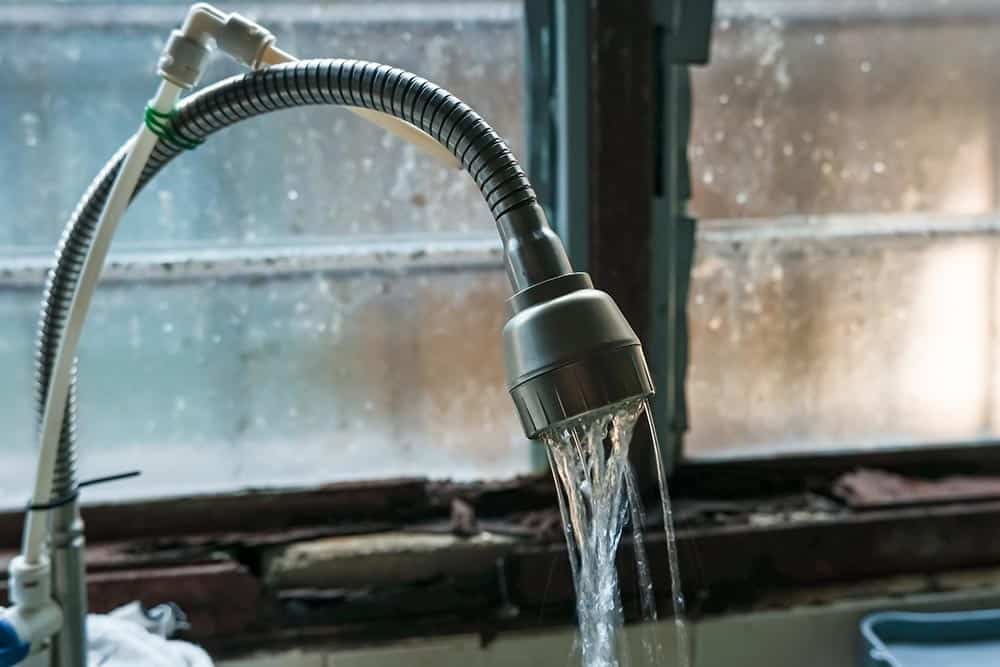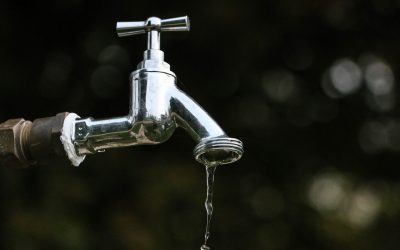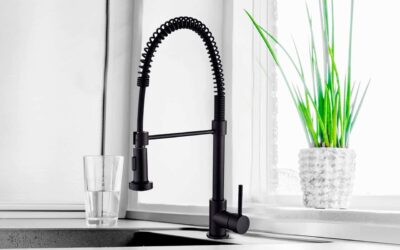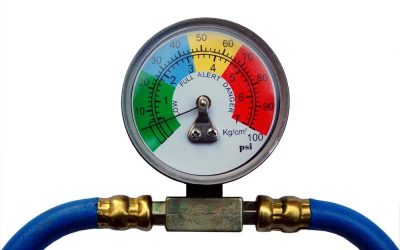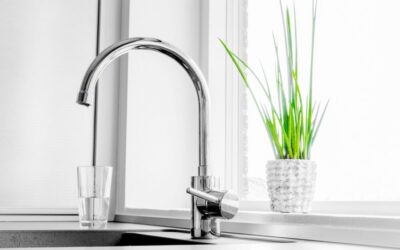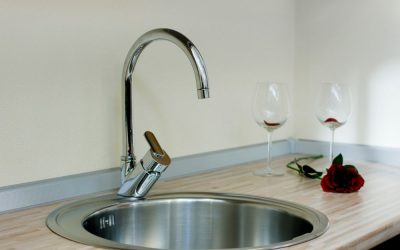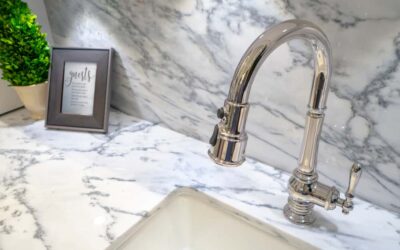Oh no! You’ve noticed that your kitchen faucet has low water pressure. This can be a drain on your everyday activities especially if you’re like millions of Americans who use the kitchen faucet the most frequently in the house.
Low pressure in your faucet can be utterly frustrating but there is no need to worry! Fortunately, the problem is usually a quick fix and generally inexpensive.
If you have discovered that your faucet has low pressure, you have done the right thing by coming to us. Instead of ringing up a professional plumber, you could save hundreds of dollars by reading our following guide on increasing that water pressure again.
To solve the problem of a low pressure kitchen faucet, you must discover the root of the problem first. You’ll be pleased to know that this doesn’t usually involve taking the whole faucet apart and the need for plumbing expertise.
All you need is a little common sense (we trust you!) and some patience. Plus of course some basic tools such as a screwdriver, plyers and an allen wrench.
Let’s not waste any more time. Here is how to repair low pressure in your kitchen faucet.
Bonus read: See our reviews of the best kitchen faucets.
Repairing low pressure in your kitchen faucet
Firstly, you need to measure the size as well as the location of the issue. You have to determine whether the low pressure problem is localized or not.
This can be done by simply testing other faucets around your home. Check if they are running smoothly or not. If you need further confirmation, don’t be afraid to ask your neighbors to check their water pressure.
If they report back with the same problem, the issue is most likely with the water supply.
If this is the cause of the problem, you can install a water booster so pressure can be increased in your faucets. This works by taking water from the main water line and sucking it into your personal line. Be warned though as this has the possibility of reducing your neighbor’s water supply further.
Most of the time, the main causes of your weak water supply are:
- A clogged pipe
- A clogged aerator
- A clogged cartridge or filter
- An increase in demand
- A problem with the pullout spray head
- A problem with your water heater
Let’s look at how to deal with each issue below.
A clogged pipe
This can be a huge problem in many areas. Most of the time, it just means there is an accumulation of dirt and certain debris in the pipes.
Fixing a clogged pipe usually requires professional help but if you want to tackle the job yourself, you have to:
- Locate the clogging by testing each segment of the line
- Once the affected area is detected, clean it out with a brush and water
- If cleaning is not possible, you may have to replace the pipe
A clogged aerator
It is quite easy to open the aerator. This is located at the head of the faucet’s spout. Most faucets require you to unscrew the head to get the aerator out but you may have to use pliers on occasions.
Here is how to repair a clogged aerator:
- Turn off the power line
- Block the sinkhole to ensure the small components of the aerator are kept safe to not lose any
- Unscrew the aerator and look for any debris (If there is no debris, the problem is not the aerator)
- If there is debris, clean it out
- If there are filters, clean these out
- Place the aerator back by reversing the assembly process
A clogged cartridge or filter
This is a little harder to access, although most modern kitchen faucets have a cartridge. To unclog a cartridge or filter:
- Turn off the main water line
- Block the sinkhole so you don’t lose anything down there!
- Pry off the cover of your faucet’s handle with a screwdriver
- Using an Allen wrench, undo the screw that holds the faucet in place
- You should now see a cartridge. With pliers, loosen and lift it out of place
- Clean the cartridge
- If damaged or worn, you will need to replace it
- If it is cleaned, put the cartridge back where it was and assemble the faucet
Older faucets may require changing a faucet washer.
An increase in demand
This is a common occurrence when a plumbing system has been overhauled.
An increase in demand can often happen after a remodelling of the water system and this demand can put extra pressure on your water supply lines and result in a decrease in your faucet’s pressure.
To solve this issue:
- Locate the pressure reducing valve (PRV). This bell-shaped device regulates the amount of water and its pressure from the main water supply. You should find it near where the line enters your home
- Tighten the screw on the valve to increase the water pressure. Loosen to decrease the pressure
- If broken, replacement is necessary
A problem with the pullout spray head
Pull-out kitchen faucets can cause similar problems like faucet heads. They can become damaged or clogged over time.
To repair a pullout spray head:
- Remove the spray head and check whether the water supply is normal
- If the water pressure is normal, there may be an issue with a mineral build up in the spray
- Clean all the debris, if found, and put the pullout spray head back where it was
A problem with the water heater
Water heaters can be tricky business. If the low pressure problem is only affecting your hot water, then the root cause is probably a water heater problem. This is where you may need a plumber as they have the correct tools to diagnose and fix the problem with any necessary water heater repairs.
Nonetheless, you should check whether the hot water shut-off valve is faulty or partially closed. Inspect this to ensure it is working sufficiently.
You should never ignore any minor blocks as these can have an extensive impact on your water pressure over time.
In Summary
If you are pretty good with tools and have followed our simple steps, you should have found the cause of your low pressure.
If you find a problem that is not in this article, do not hesitate to contact a local plumber for their expertise.

